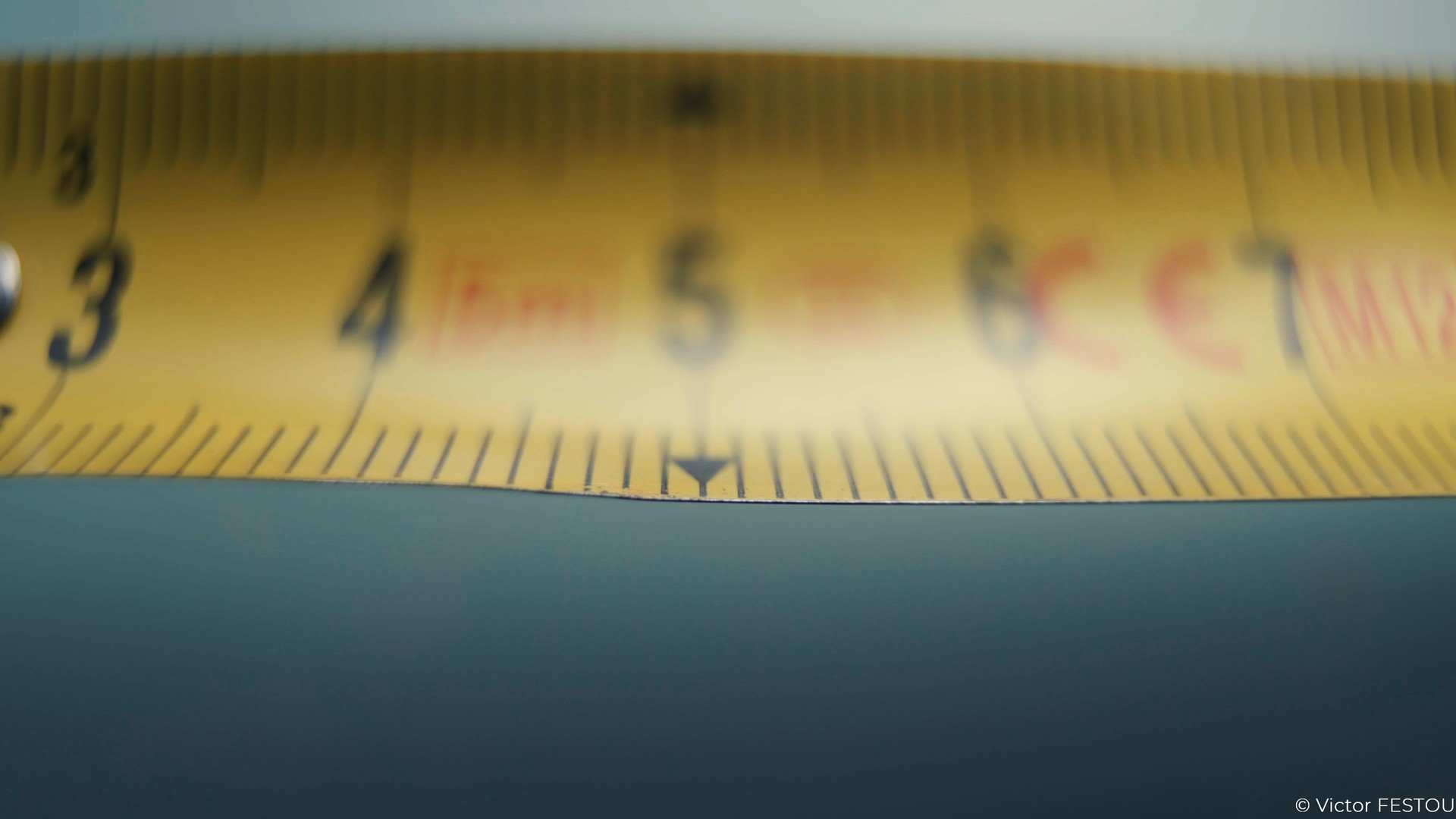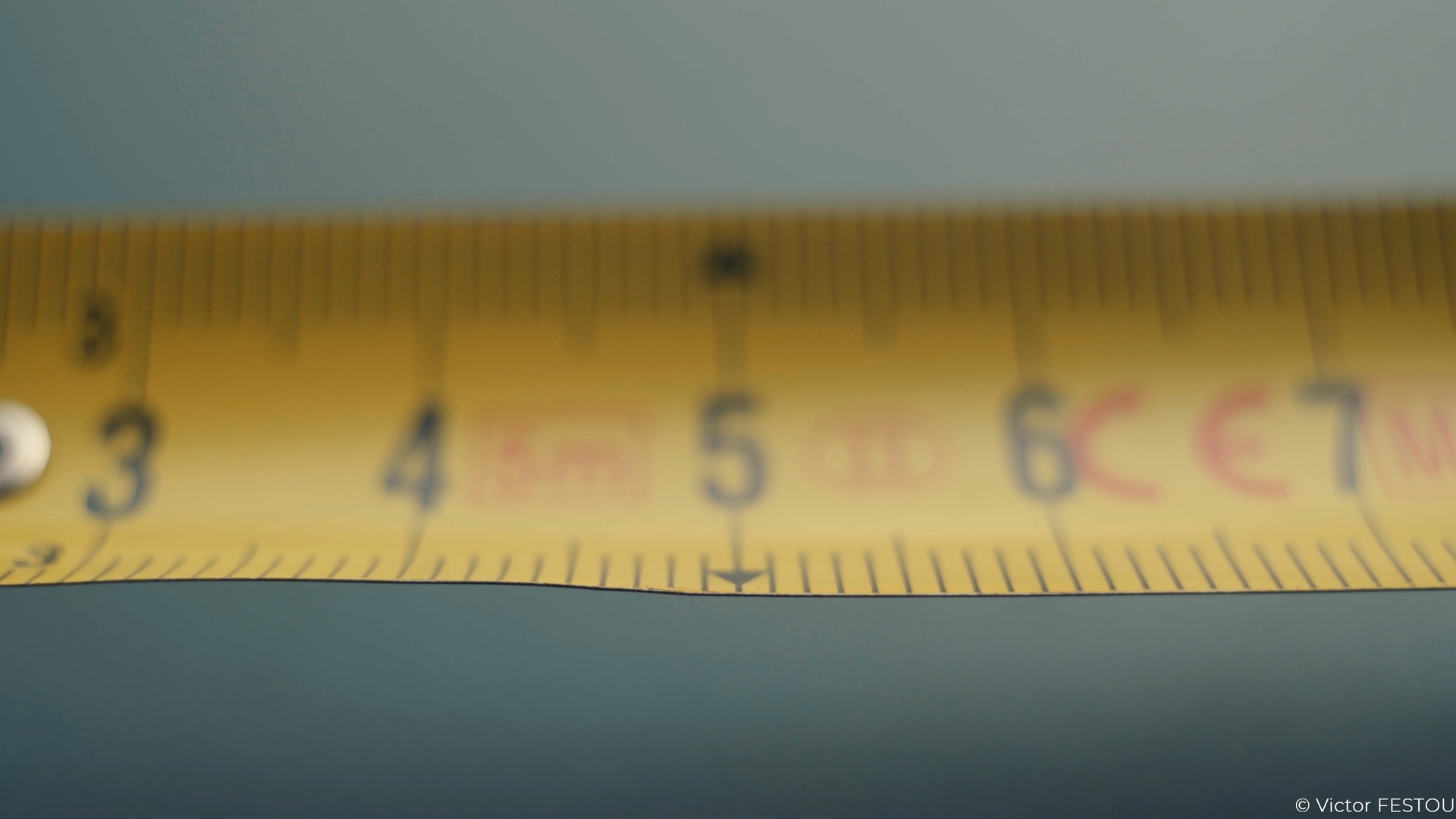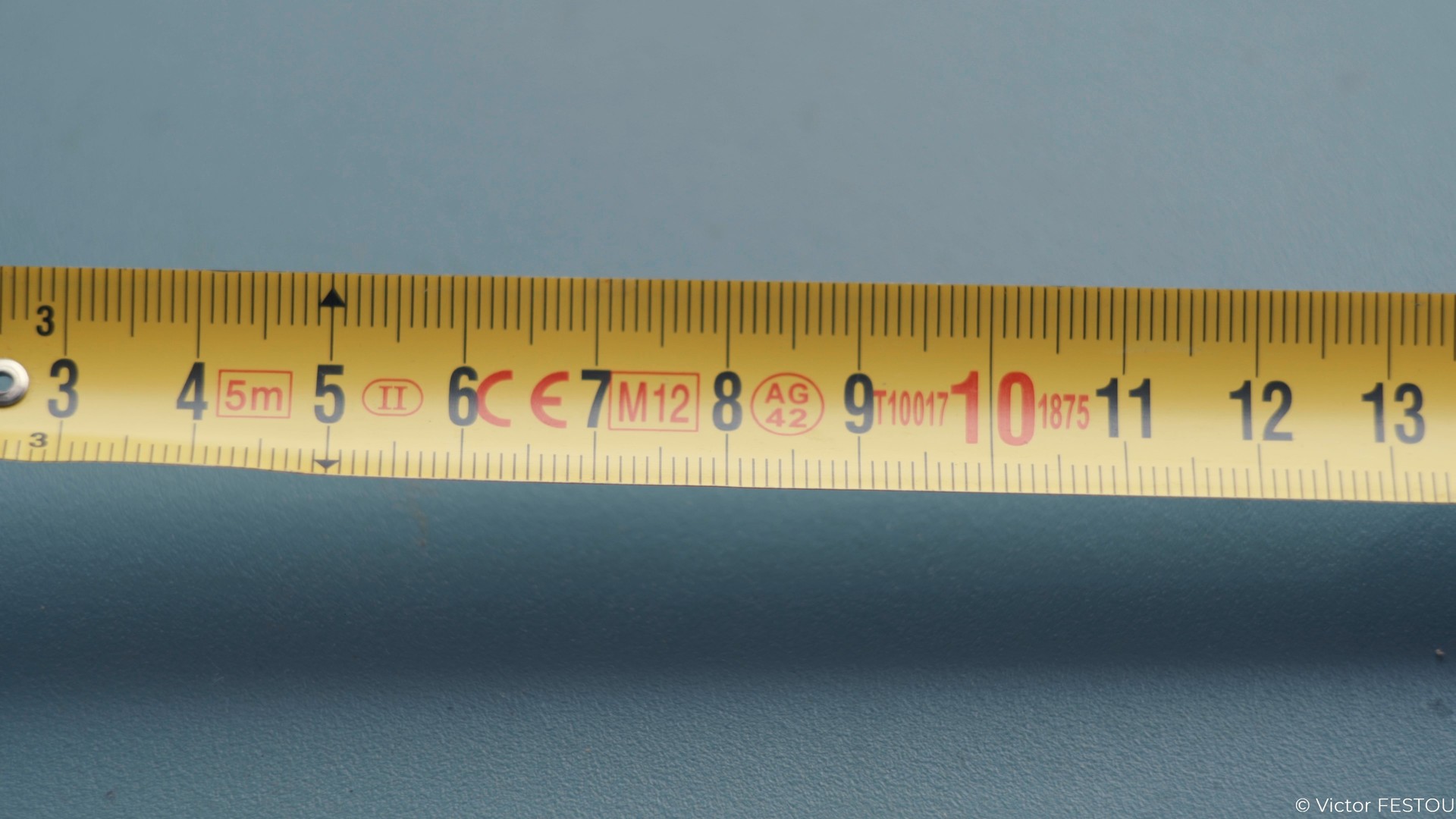
Cheap, useful and doesn’t lose infinity
Presentation of a small and handy adapter that I recently found while scouring eBay.
As always, a full list of the articles in this blog can be found HERE.
Introduction
There is a huge number of vintage lenses that don’t have adequate close focus capabilities. This is especially true for most rangefinder lenses, like the Mir 1b seen on the cover photo of this post, which only focuses down to 70cms.
As soon as you want to shoot details, make the bokeh stand out or shoot proxy, you feel limited in your composition as you can’t come close enough. If it’s possible to crop the photo in post, it is a deal breaker in video as you can’t really zoom into the image more than 120% without a visible loss in quality.
There already exist alternatives, like using extension tubes, but they have a lot of downsides, like losing the ability to focus at infinity so you have to constantly take them on and off depending on what you want to shoot. This also means exposing the sensor to the elements every time you change them, which doesn’t help in keeping it clean.
You can also use a close-up lens, but it can interfere with other filters and also prevent the lens in achieving infinity.
All these limitations meant that I don’t use the Mir as often as I would like, even if it has a really nice image texture and a great swirly bokeh, which would also pop out more if it could focus closer.
I finally found an acceptable solution on eBay, and it works for all M42 lenses (and M39 with a M39 to M42 ring). Instead of using a standard dummy M42 to E mount adapter, I mounted a M42 to M42 helicoid adapter on a thin M42 to Sony E mount ring. This way, the helicoid acts as extension tubes once you want to get closer and drastically reduce the focusing distance, but can be retracted to restore the original focus scale, and focusing to infinity.
Both pieces cost me about 30$, which is not a lot compared to the potential it offers to a lot of lenses in my collection.
To choose the right length of the helicoid, you first need to know the difference between the M42 and E mount flange distance. For M42, it is 45,46cms, and 18cms for the Sony E mount. Then the adapter needs to be 27,46mm (45,46 – 18) long. The M42 to M42 helicoid has a 25mm length, so the ideal thickness would be 2,5mm for the E mount ring. I couldn’t find any so I settled for a 1,5mm thick one.
It’s not ideal, but it’s better to be too short rather than too long, as it makes sure that you will be able to achieve infinity even with badly serviced lenses like my Mir 1b seems to be.

Handling
The helicoid at full extension is equivalent to a 30mm extension tube. The shorter the focal length of the lens is, the stronger the effect this will have on the focusing distance.
The two parts are made from metal and feel sturdy. Even fully extended, there is no sag or flexing even with a moderately heavy lens like the Takumar 135mm F2.5 seen below. I wouldn’t mount monsters on it like the Jupiter 6 unsupported though, as the lever the adapter creates could damage the mount of the camera.
The central ring of the adapter, which controls the extension length, as a really high resistance. This is good, as it prevents accidental manipulation or the weight of the lens changing the settings. Another good thing, the lens won’t rotate while extending the helicoid, so the markings stay on top. This can also be useful with polarizing filters as their orientation stays the same.
Front: Adapter retracted to 25mm | After: Adapter extended to 55mm
I tested the adapter on three different focal lengths to see the impact it had on minimum focusing distance. All the photos were taken in full frame mode in 16:9 on a Sony a7r2, without cropping or zooming in post.
Test on Carl Zeiss Jena 20mm F2.8
This 20mm already has a nice minimum focus distance of 19cms, but the adapter makes it even better. I couldn’t extend it all the way as the focusing plane got inside the front element. The photo taken below is the minimum I could go without the subject touching the front of the lens.
Before: Carl Zeiss Jena 20mm – Minimum focus | After: Carl Zeiss Jena 20mm – Infinity focus+ adapter extended

Test on Mir 1b 37mm F2.8
This is on this lens that the results are the most visible. Before, it was nearly impossible to do close-up. After, even macrophotography is possible!
Before: Mir 1b 37mm – Minimum focus| After: Mir 1b 37mm – Infinite focus + maximum extension

Some readers might have noticed that I didn’t use the minimum focusing distance with the adapter extended. My thinking is that these are lenses without floating elements, so the close focus image quality are most of the time greatly reduced compared to the infinity setting. I still tested the difference on the Mir 1b with the adapter fully extended and MFD / Infinity :
Before: Mir 1b 37mm – Infinite focus | After: Mir 1b 37mm – Minimum focus + maximum extension
There isn’t much of a difference between the two so for short focal lengths I think I will keep the lens at infinity.
Test on Takumar S-M-C 135mm F2.5
I wanted to test long focal lengths as I know that extension tubes affect them less than wider lenses, but if it still resulted in a noticeable increase in MFD.
Before: Takumar S-M-C 135mm – Minimum focus| After: Takumar S-M-C 135mm – Minimum focus + maximum extension

Even at 135mm, the adapter remains useful. The focusing distance got from 1,5m to about 60cms with full extension.
Conclusion
The Mir is a lens that I really liked but would seldom take with me as I found it too limited by its 70cms minimum focusing distance. This adapter changes everything for it and makes it really versatile, enabling near macro focusing while keeping infinity focusing capabilities for landscaping, without needing to change anything to the lens or camera.
For 30$, any M42 lens can be “augmented”, allowing for more varied shooting scenarios that their original MFD would prevent them from doing. It’s a really useful addition to my collection for me.









